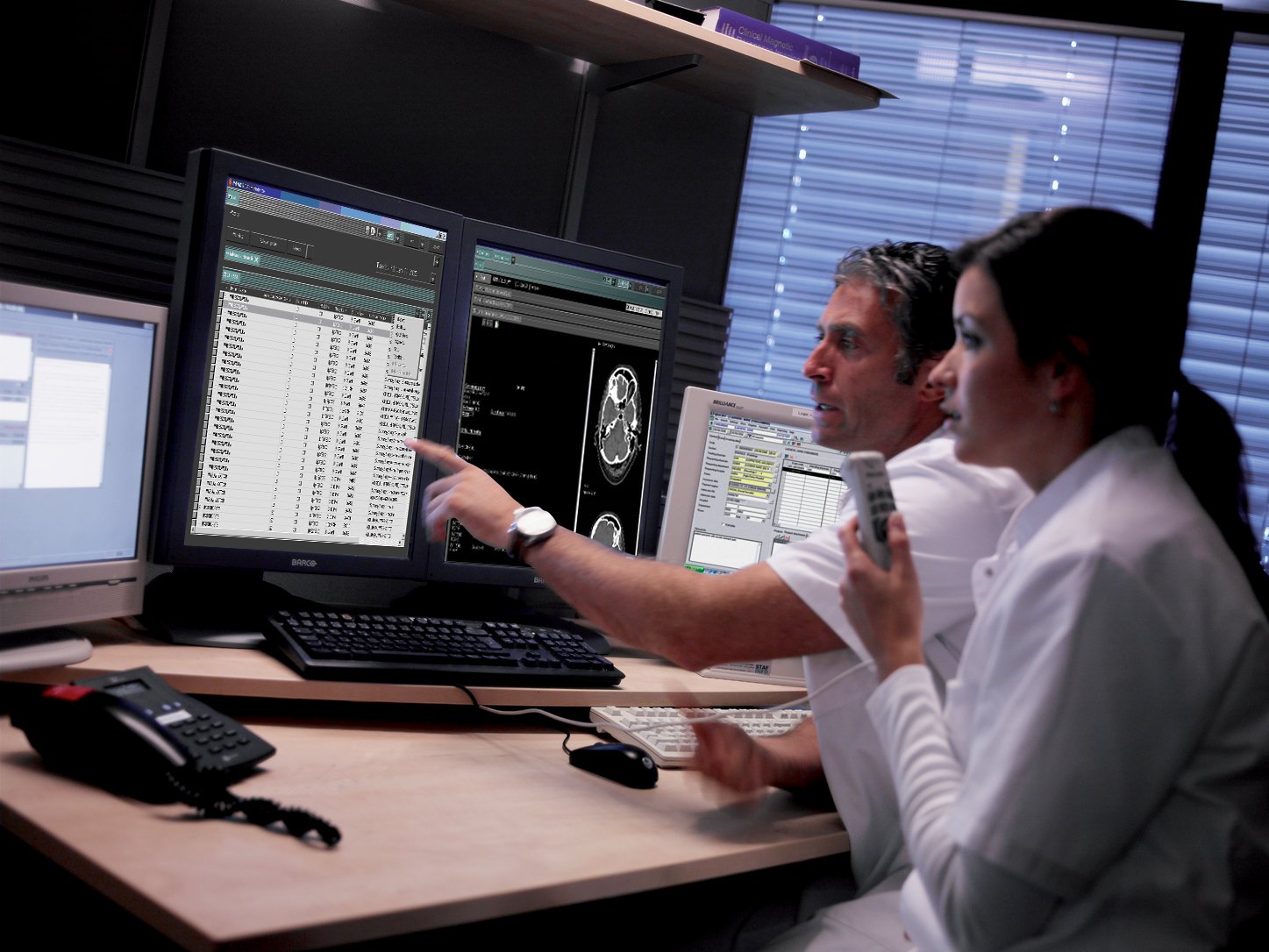
April 23, 2012 — A controversial conclusion reached in the study “Comparative effectiveness of intensity modulated radiation therapy (IMRT), proton therapy and conformal radiation therapy (CRT) in the treatment of localized prostate cancer” was contradicted by a number of peer-reviewed studies that found protons reduce – not increase – gastrointestinal (GI) side effects.
This was according to Eugen Hug, chief medical officer for ProCure proton treatment centers. He said the University of North Carolina (UNC) study runs counter to previous data from research being carried out by ProCure and other proton centers and from Procure’s first-hand experience treating hundreds of patients with proton cancer therapy.
The recent study[1], printed in a supplement of the Journal of Clinical Oncology and presented as a session at the 2012 Genitourinary Cancers Symposium, concluded proton therapy did not significantly improve outcomes compared to IMRT, but had increased GI morbidity. The authors said these results provide new and long-needed information to decision-makers regarding the currently available evidence on the comparative effectiveness of different RT techniques.
The study also concluded IMRT versus CRT was associated with less GI morbidity and hip fractures, more erectile dysfunction and less need for additional cancer therapy. This large-scale population-based study is the first to suggest a simultaneous reduction in disease recurrence and morbidity in patients treated with IMRT vs. CRT for localized prostate cancer.
Hug said proton therapy has consistently, and for multiple disease sites, reported a low incidence of side effects.
In the treatment of prostate cancer, proton therapy has been shown to decrease the radiation dose to gastrointestinal structures, including the bowel, by at least 59 percent compared to X-rays, Hug said. Several prospective clinical studies, including a randomized study enrolling 393 patients with prostate cancer and published in the Journal of the American Medical Association (JAMA), reported very low gastrointestinal (2 percent) and genitourinary (1 percent) severe side effects, as might be expected from the favorable dose distributions of proton therapy.
This is reinforced by a study presented by Massachusetts General Hospital at the same meeting and session as the UNC study, which reported significantly better bowel and bladder outcomes in prostate cancer patients treated with protons versus IMRT. The UNC data analysis is further contradicted by studies that have patients self-report their medical condition before treatment and then again after treatment, using accepted, validated evaluation tools. These self-reported studies also have found fewer gastrointestinal side effects with proton therapy versus radiation, as well as fewer genitourinary side effects.
Prospective studies like these are in general considered “higher level” evidence than retrospective studies like the UNC study, Hug said, adding that the low incidence of side effects in prospective proton therapy studies is in stark contrast to the high number of GI events reported in the UNC study.
“The statements made by the UNC researchers about the merits and relative morbidity of the radiation modalities are at best questionable and at worst misleading,” Hug said. “Such comparisons need to consider established predictive factors and known variables to arrive at a scientifically meaningful answer. Unfortunately, this study did not take into account any determinants of radiation injury to normal structures: total radiation dose delivered, the dose given and the volume of normal structures receiving low, intermediate and high doses.”
He also said the UNC researchers’ simple query of the SEER database does not allow for the determinants to be the subject of statistical analysis. In the absence of these considerations a mere collection and comparison of data severely limits the ability to draw conclusions, Hug said.
Some of the more notable peer-reviewed published and presented studies that contradict the UNC study, according to Hug, include:
- Study published January 2012 in the International Journal of Radiation Oncology on the early outcomes of image-guided proton therapy for prostate cancer; findings suggest high efficacy and minimal toxicity for proton therapy, with low rates of genitourinary symptoms and gastrointestinal toxicities.
- Three published studies from the PROG 95-09 trial, reporting on five- and 10-year follow-up for prostate patients [Zietman, 2008, JAMA; Zietman, 2010, Journal of Clinical Oncology] and quality of life outcomes [Talcott, 2010, JAMA], reporting low levels of gastrointestinal and bowel toxicity and side effects.
- A 2009 meta-analysis [Viani, “Red Journal”] of randomized controlled dose escalation trials reported higher levels of radiation and toxicity with X-rays versus protons.
- The Massachusetts General Hospital study [Gray, American Society of Clinical Oncology Genitourinary Cancers Symposium, 2/1/12] reported “significantly” better bowel and bladder outcomes with protons compared to IMRT, using validated measurement instruments.
For more information: http://www.asco.org/ASCOv2/Meetings/Abstracts?&vmview=abst_detail_view&…
Reference:
1. N.C. Sheets, G. Goldin, A.M. Meyer, et al. “Comparative effectiveness of intensity modulated radiation therapy (IMRT), proton therapy (PT), and conformal radiation therapy (CRT) in the treatment of localized prostate cancer.” J Clin Oncol 30, 2012 (suppl 5; abstr 3). Presented as a poster and oral abstract session at the 2012 Genitourinary Cancers Symposium.


 December 11, 2025
December 11, 2025 









